Let’s face it – rooflights and roof lanterns sound similar, so you’ve probably wondered if there even is a difference. If you’re trying to bring more natural light into your home, knowing what sets them apart can help you make the right call.
9 Key Differences Between Rooflights and Roof Lanterns
The main difference is that rooflights are flush to the roof, while roof lanterns are raised structures. While both add natural light and give rooms a brighter, more open feel, there are a few other key differences to keep in mind before starting your project.
Here’s a quick side-by-side comparison to get you started:
| Feature | Rooflights | Roof Lanterns |
| Size & Shape | Slightly pitched, flush to the roof | Raised structure, usually pitched |
| Aesthetic | Discreet and modern | Eye-catching and traditional/contemporary |
| Light Intake | Direct light from above | Multi-angled light for wider spread |
| Roof Suitability | Ideal for flat roofs | Best on flat roofs with some pitch |
| Planning Permission | Often not needed | May be needed |
| Maintenance | Easier to clean and access | More parts to clean due to the frame and angles |
| Ventilation | Some openable models | Usually fixed (non-openable) |
| Budget | Starts around £457 | Starts around £1,032 |
| Installation | Quick and simple to install | May take longer due to size and shape |
Size & Shape
Rooflights tend to be flat or nearly flat, sitting flush with the roofline and looking minimal inside and out. There are a variety of shapes and sizes, from circular to modular, and they can even be customised.
Roof lanterns, on the other hand, are raised; they form a pitched, often rectangular or lantern-like shape (hence the name) that extends above the roofline. Because of their capabilities, they tend to be much larger than rooflights and can also be customised.
Which One Looks Better in Your Home? (Aesthetics)
Rooflights create a modern, understated look, making them ideal for homes with clean lines or a more minimalist design. They don’t draw attention, which works well if you want the light without changing your roof’s silhouette.
On the other hand, roof lanterns are a statement. Because of their size, they tend to suit larger rooms and are adaptable to both period and contemporary homes, often becoming a key design feature in kitchens or garden rooms.
How Much More Light Can You Expect? (Light Amount)
Rooflights let light pour straight down into the room. They’re especially effective in central areas or smaller rooms where overhead light makes a big difference, such as hallways or bathrooms.
Roof lanterns, with their pitched angles and raised frames, let light in from multiple directions. This enables rooms to be filled with daylight, no matter if it’s sunrise or sunset.
Which One Suits Your Roof Type? (Roof Suitability)
Rooflights are designed for slightly pitched roofs with a minimum of 2° slant, but many are also suitable for roofs with a pitch up to 15°. The reason why a slight pitch is needed is to prevent water pooling on the glass.
Roof lanterns typically work best on flat or very low-pitched roofs, where they can sit securely on a builder’s upstand while still providing that elevated design. The builder’s upstand enables roof lanterns to be installed on flat roofs without water pooling.
Planning Permission Considerations
Most rooflights fall under permitted development, so you likely won’t need planning permission. However, it’s important that the rooflight doesn’t protrude more than 0.15 metres from the original roof’s slope.
Roof lanterns, because of their size and raised design, more often than not will need planning permission, especially if they’re being added to listed buildings or homes in conservation areas.
Regardless of which type you decide, it’s best to contact your local council or trusted installer before starting your project.
Maintenance Needs
Because rooflights sit almost flat, they’re easier to reach and clean. Many models have self-cleaning glass coatings to help cut down on upkeep.
Roof lanterns can be trickier due to their height and angles. More joints and glazing bars are involved, which can mean more effort when it comes to cleaning and general maintenance.
Do They Open? (Ventilation)
Rooflights are versatile in the fact that you can choose to have them fixed (non-openable), or with a manual or powered opening mechanism.
Roof lanterns come as fixed features. Because of their raised design and complex installation, it’s not possible to safely include openable glass within the lantern.
Budget
If you’re working within a tighter budget, rooflights are typically the more affordable choice. Prices for standard models start from around £457, making them a great option for cost-conscious projects or smaller spaces.
Roof lanterns start from £1,032, with prices varying based on size, glazing, and frame style. They’re more of an investment, but the impact can be well worth it for larger spaces.
Installation
Rooflights are often quicker and easier to fit. They require less structural adjustment and can usually be installed in less time, especially if replacing an existing unit.
Roof lanterns tend to need a bit more work. Because of their raised structure and size, they may take longer to fit and often require more than one person on site.
Rooflight or Roof Lantern: Which One is Right for You?
Still not sure whether to pick a rooflight or a roof lantern? Here’s a quick summary to help you decide:
- A rooflight is a good choice if you want a subtle, low-profile option for smaller rooms, lofts, or anywhere you’d like more light without altering the roofline.
- A roof lantern suits larger, open-plan spaces like kitchen extensions or garden rooms where you’d like a standout feature and more spread-out daylight.
- Rooflights usually cost less and are quicker to install, which can be helpful if you’re working to a budget or timeline.
- Roof lanterns are more of a design statement and can help lift the feel of a space, especially where high ceilings or open layouts are involved.
Either way, both bring in natural light beautifully and can transform your space.
Ready to brighten your home? Take a look at our roof lanterns and rooflights to find the right fit for you.
FAQs
Are Rooflights and Roof Lanterns Energy Efficient?
Yes, most modern designs use double glazing with thermal breaks, helping to keep heat in during winter and out during summer.
Is There a Difference Between Rooflights and Skylights?
Not really. The terms are often used interchangeably. In the UK, “rooflight” is more common, while “skylight” is often used in American English.
How Long Does Installation Typically Take?
Installation can take anywhere from a day to a few days, depending on the natural lighting option you choose, its size, location, and roof type. Your installer will give a clearer idea based on your project.
Will Either Option Increase the Value of My Home?
Yes, adding rooflights or roof lanterns can increase your home’s value. Letting in more natural light makes a space feel bigger and more inviting, which buyers love.

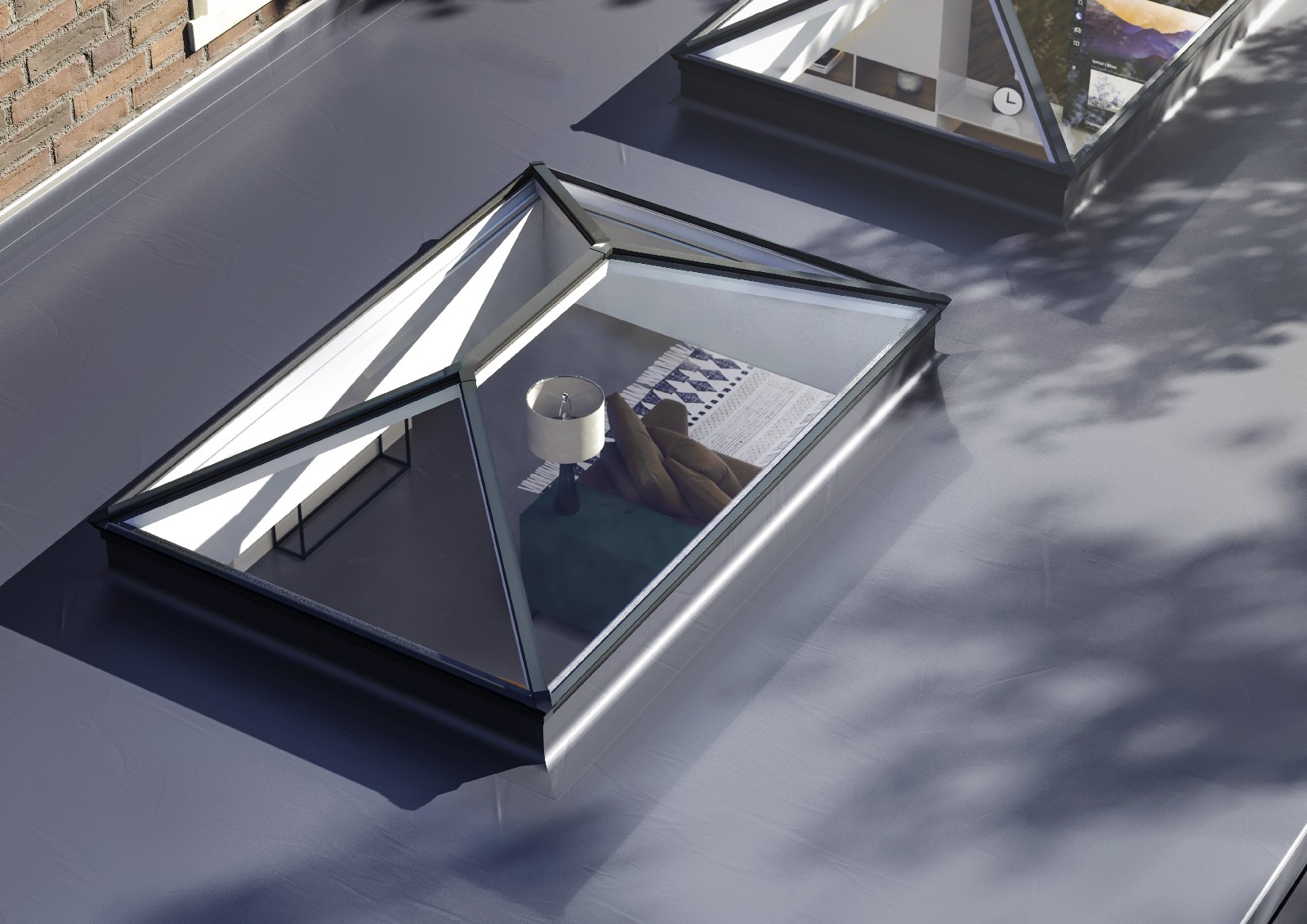
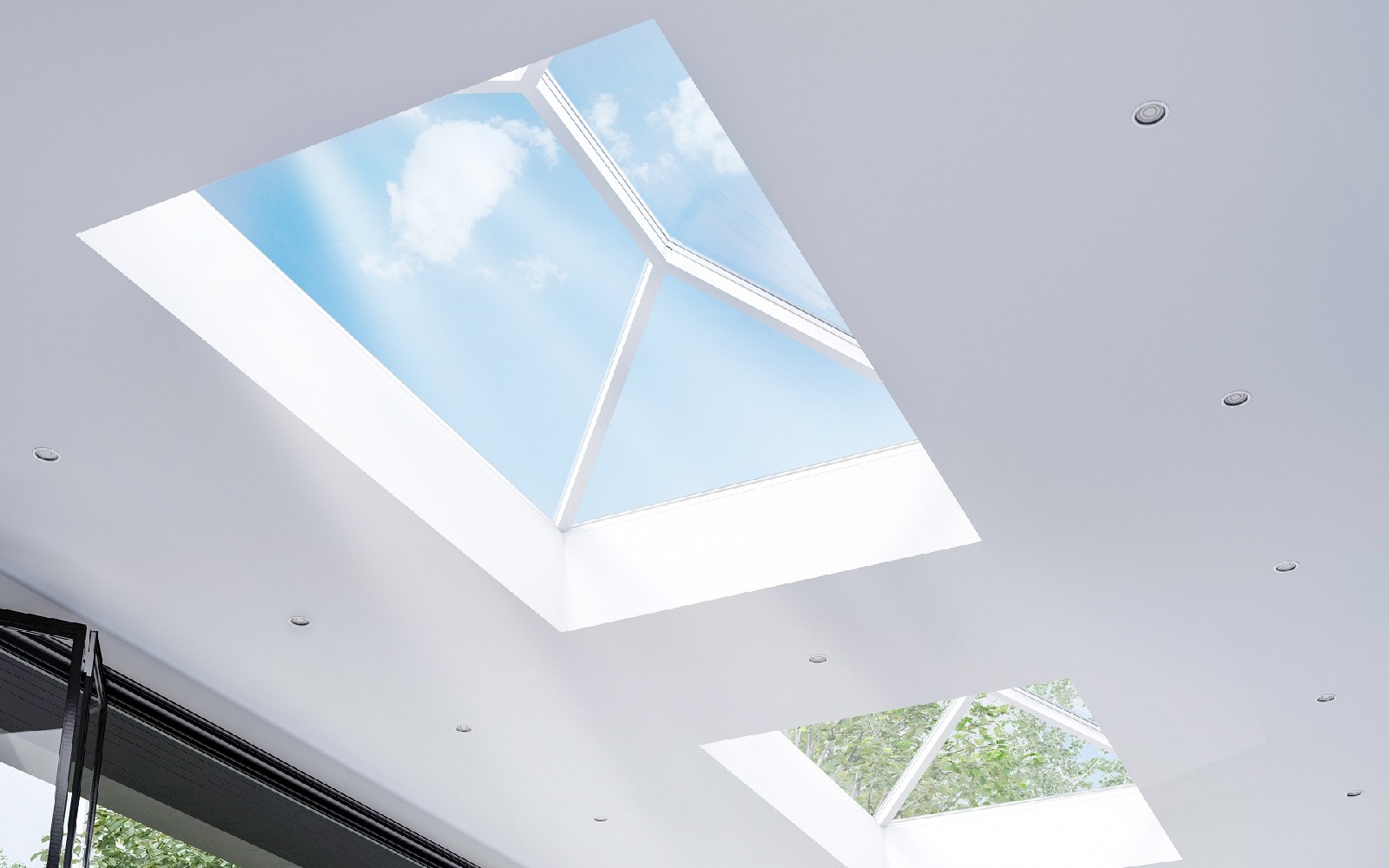
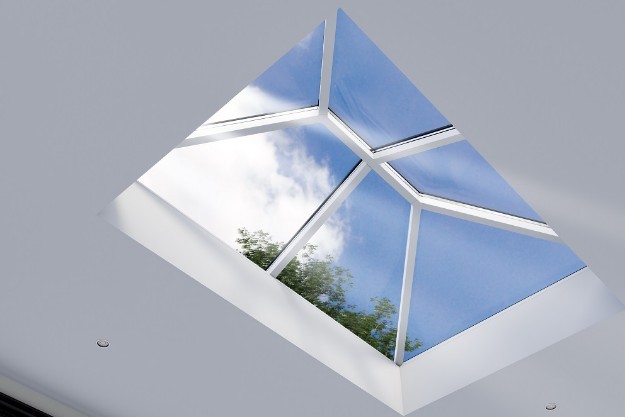
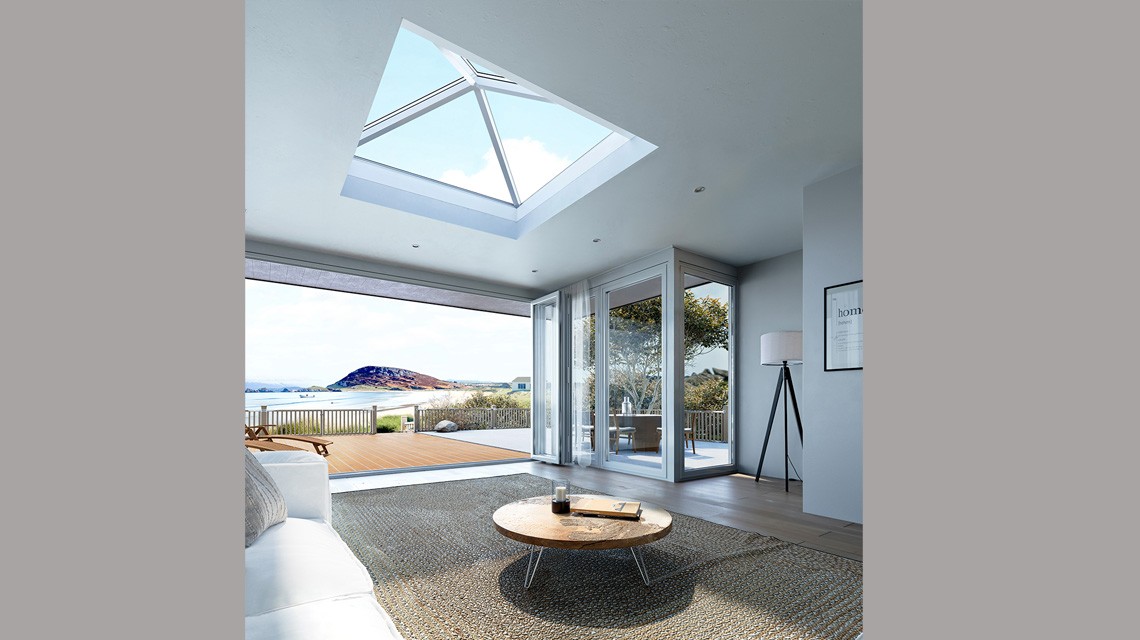
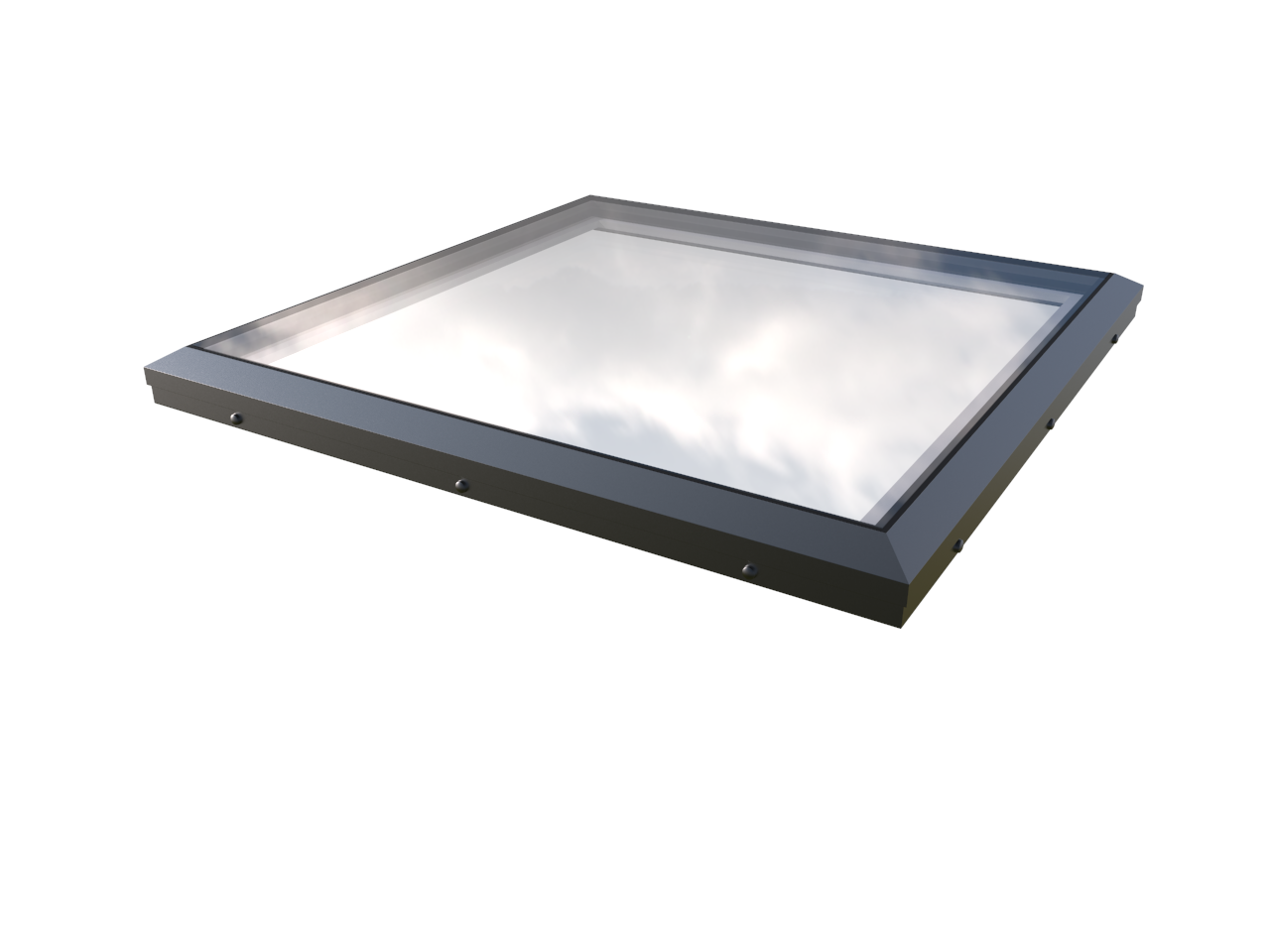
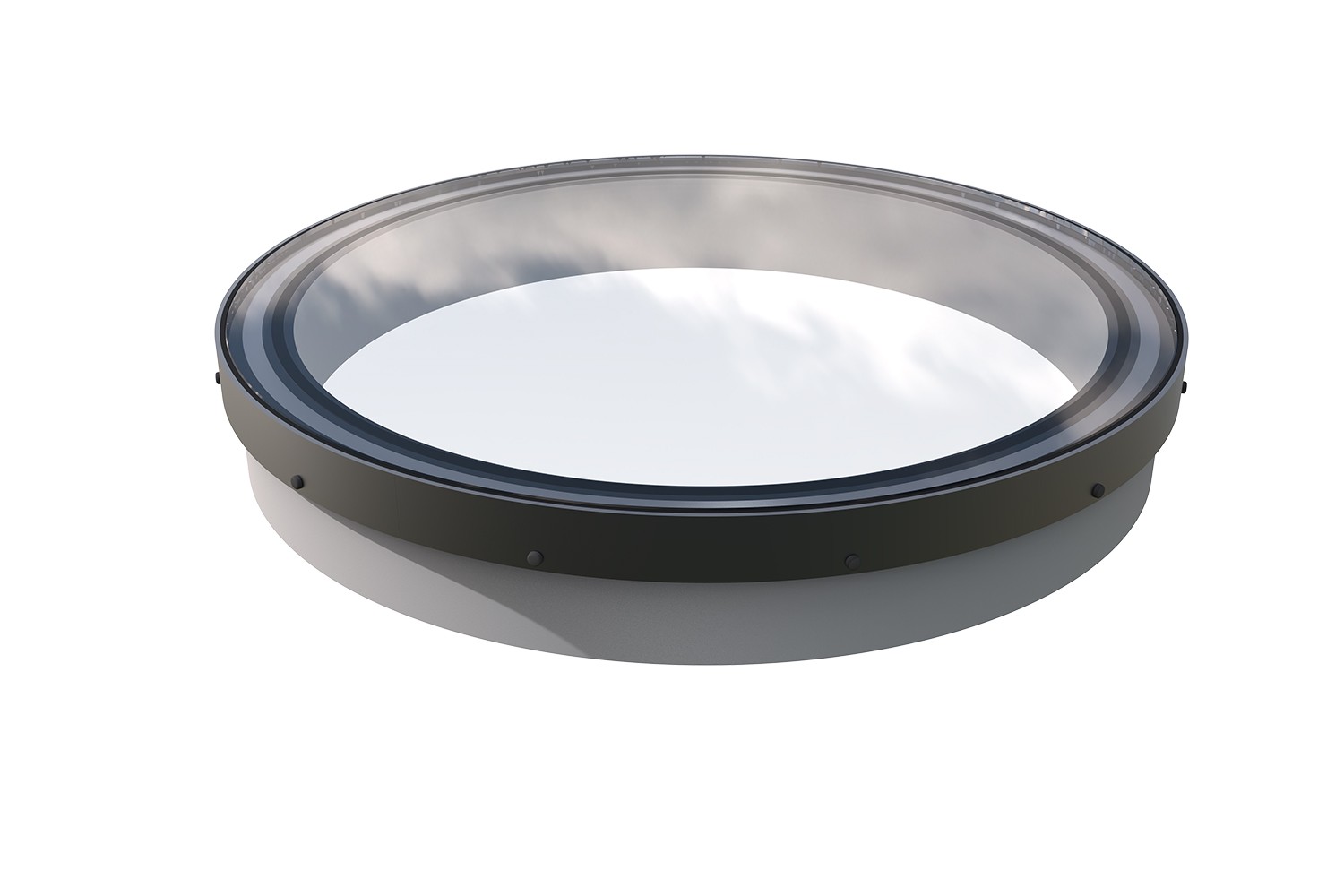
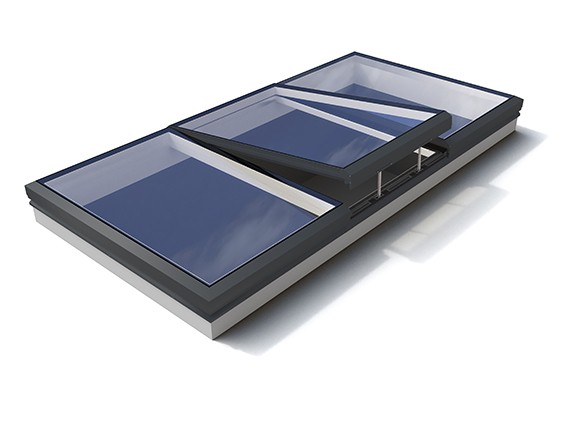
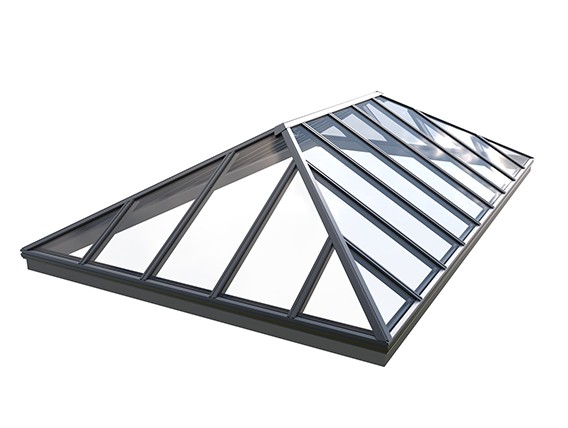
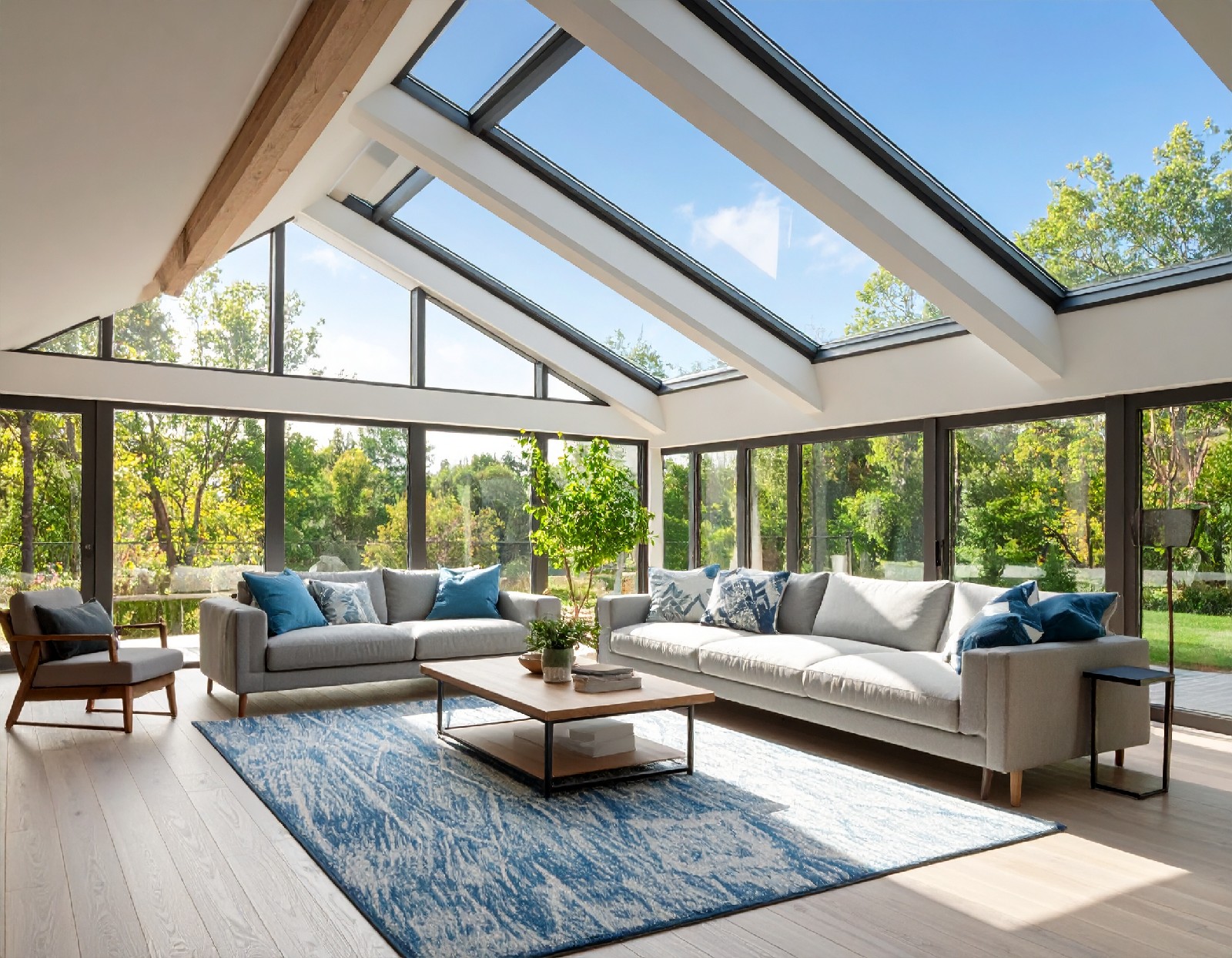
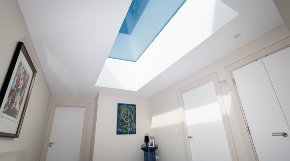

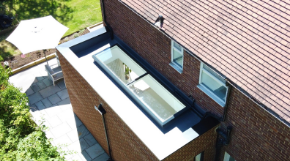
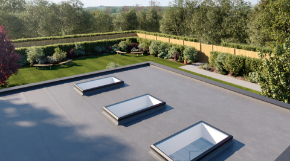

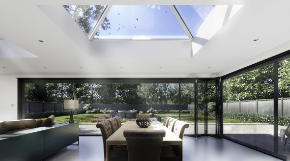

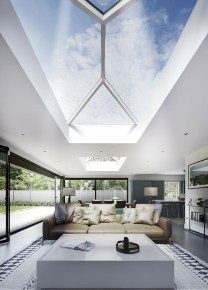
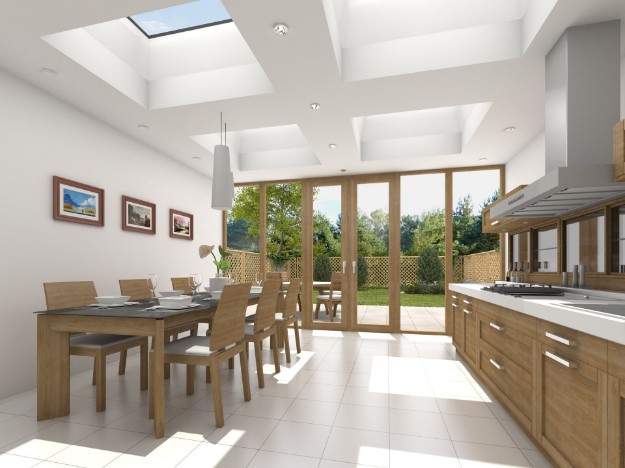
 Buy Direct from the Manufacturer
Buy Direct from the Manufacturer